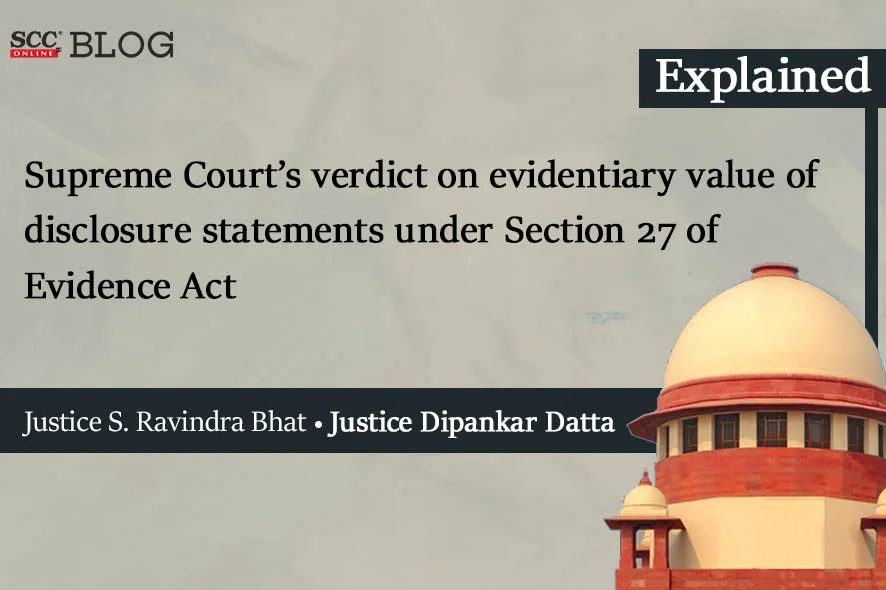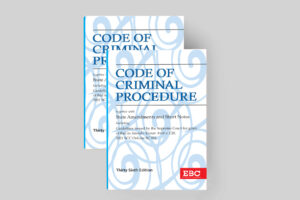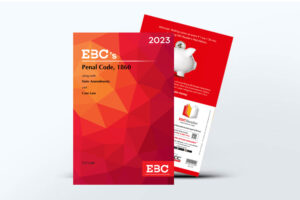Supreme Court: In a criminal appeal filed by two convicts against the judgment and order of the Madhya Pradesh High Court, wherein the Court dismissed the appeals filed by the convicts against their conviction, the division of S. Ravindra Bhat and Dipankar Datta*, JJ. , while setting aside the impugned conviction orders, said that their convictions cannot be justified solely on the basis of illusory knowledge regarding their involvement in the crime. Further, it directed immediate release of the convicts from custody.
Background:
A complaint was registered by the complainant that, while the complainant was in her house, four persons rang the doorbell. When her servant answered the door, all four persons armed with a pistol forcefully entered the house. They tied up the hands and legs of the complainant and her servant, threatened to kill them, and proceeded to rob the complainant of silver and gold jewellery, cash, and other valuables by taking the keys to the locker. The convicts remained at the complainant’s residence till 2:30 pm before fleeing. Based on the complaint, an FIR. was registered at around 4:30 pm against four unknown persons under Section 394 of the Penal Code, 1860 (‘IPC’) and all of them were subsequently arrested.
In all, five accused persons were convicted and sentenced for different offences punishable under IPC vide the common judgment of the Additional Sessions Judge dated 28-11-2019.The aforesaid judgment having been confirmed by the High Court, all the convicts preferred Special Leave Petitions before Supreme Court challenging the common judgment. The SLPs of the three convicts were dismissed and the judgment and order of the High Court affirming their conviction and sentence left undisturbed. However, notice was issued on the SLPs preferred by the remaining two convicts.
During the investigation, it was revealed that the two convicts were not present at the complainant’s house during the incident and were apprehended at a later stage of the investigation when it was discovered that one of them had purchased the stolen articles, and the other was involved in hatching the conspiracy.
One of the convicts assailed his conviction for the offence punishable under Section 411 IPC and sentence of rigorous imprisonment of three years with a fine of Rs. 5,000 and a default sentence of three months. The other convict assailed his conviction for the offence punishable under Section 120-B, IPC and sentence of rigorous imprisonment of ten years with a fine of Rs. 5,000 and a default sentence of three months.
Analysis:
The Court said that there can be no two opinions that the quality of evidence led by the prosecution in the present case to nail the two convicts was wholly untrustworthy for convicting them and the Trial Court as well as the High Court erred in not acquitting them.
The Court noted that all the convicts made disclosure statements to the Investigating Officer (‘IO’) whereupon recovery of money, jewellery, etc. was effected. One of the convicts’ involvements was primarily based on the disclosure statements made by convicts where they admitted to selling the stolen articles to him. Similarly, both the courts below, in convicting the other convict, largely relied upon the disclosure statement made by that convict himself, as well as one of the convicts, who confessed of giving Rs.3,000 from the stolen money and storing a country-made pistol along with three cartridges at the convicts’ house.
The Court said that disclosure statements per se, unaccompanied by any supporting evidence, cannot be deemed adequate to secure a conviction. Although disclosure statements hold significance as a contributing factor in unriddling a case, they are not so strong a piece of evidence sufficient on its own and without anything more to bring home the charges beyond reasonable doubt. Thus, on the evidentiary value of disclosure statements of co-accused, the Court reiterated that the courts have hesitated to place reliance solely on disclosure statements of co-accused and used them merely to support the conviction.
The Court took note of Shiv Kumar v. State of M.P., (2022) 9 SCC 676, wherein the Court declined to place undue reliance solely on the disclosure statements of the co-accused.
The Bench said that there is not a single iota of evidence except the disclosure statements of the convicts, which supposedly led the IO to the recovery of the articles stolen from the two convicts. The Court held that admissibility and credibility are two distinct aspects, and the latter is really a matter of evaluation of other available evidence. The statements of police witnesses would have been acceptable, had they supported the prosecution case, and if any other credible evidence were brought on record. While the recoveries made by the IO under Section 27, Evidence Act upon the disclosure statements by all the convicts could be held to have led to discovery of facts and may be admissible, the same cannot be held to be credible in view of the other evidence available on record.
The Court further said that while property seizure memos could have been a reliable piece of evidence in support of conviction of the convict who had purchased the stolen articles, but the seizure witnesses turned hostile, thus the standalone evidence of the I.O. on seizure cannot be deemed either conclusive or convincing. The common version of all the seizure witnesses was that they were made to sign the seizure memos on the insistence of the ‘daroga’ and that too, two of them had signed at the police station. Thus, there is no scope to rely on a part of the depositions of the said witnesses, as the seizure loses credibility.
Concerning the other convict who was convicted for hatching the conspiracy, the Court said that there is contradiction in the depositions of the IO and the complainant. The IO deposed that he, upon the disclosure by co-accused successfully recovered a sum of Rs. 3,000 notes seized the same in the presence of witnesses. However, the complainant in her deposition has stated that the convicts did not take any Rs.1000 note from her house.
Thus, the Court held that as the sole connecting evidence against the two convicts was the recovery based on their disclosure statements, along with those of the other convicts, but this evidence is not sufficient to qualify as “fact … discovered” within the meaning of Section 27 of the Evidence Act, 1872.
Concerning the statements under Section 313 of the Code of Criminal Procedure, 1973 (‘CrPC’), the Court reiterated that the Trial Courts have been cautioned against recording statements in a casual and cursory manner, as not the mere quantity of questions posed to the accused, but rather the content and manner in which they are framed holds importance.
Further, on conviction of one of the convicts under Section 411, IPC, the Court noted that the Trial Court convicted him based on a presumption under Section 114(a), Evidence Act, asserting that his possession of stolen articles shortly after the theft, with knowledge of its stolen nature, was adequate to hold him guilty under Section 411, IPC. The Court said that the Trial Court erred in drawing such a presumption of fact without considering other factors. It took note of A. Devendran v. State of T.N., (1997) 11 SCC 720 and said that a presumption of fact under Section 114(a), Evidence Act must be drawn considering other evidence on record and without corroboration from other cogent evidence, it must not be drawn in isolation. The present case serves as a perfect example of why such a presumption should have been avoided by the Trial Court. The conviction, solely relying on the disclosure statements made by the convict himself and the other convicts, does not suffice to warrant a presumption under Section 411, IPC. Further, it said that it would not be unreasonable to presume that a goldsmith, who has to deal in ornaments and jewelleries on a day-to-day basis, would obviously be in possession of a significant quantity of ornaments at his shop. No evidence worthy of consideration was adduced by the prosecution to prove that the said convict had retained the articles either with dishonest intent and with knowledge or belief of the same being stolen property.
Further, concerning the convcition of another convict under Section 120-B, IPC, the Court was intrigued that among all five accused persons, only one convict has been convicted for criminal conspiracy under Section 120-B, IPC. A single individual cannot conspire with oneself; thus, the Court vitiated the conviction of the said convict under Section 120-B, IPC.
[Manoj Kumar Soni v. State of M.P., 2023 SCC OnLine SC 984, decided by 11-09-2023]
*Judgment Authored By: Justice Dipankar Datta
Know Thy Newly Appointed Supreme Court Judge- Justice Dipankar Datta
Advocates who appeared in this case :
For Appellant(s): Advocate-On-Record Harmeet Singh Ruprah
Advocate Nikhil Tyagi
Advocate-On-Record Ritika Sethi
Advocate Vishal Prasad
For Respondent(s): Advocate-On-Record Sunny Choudhary
Advocate Manoj Kumar
Advocate Karan Bishnoi









